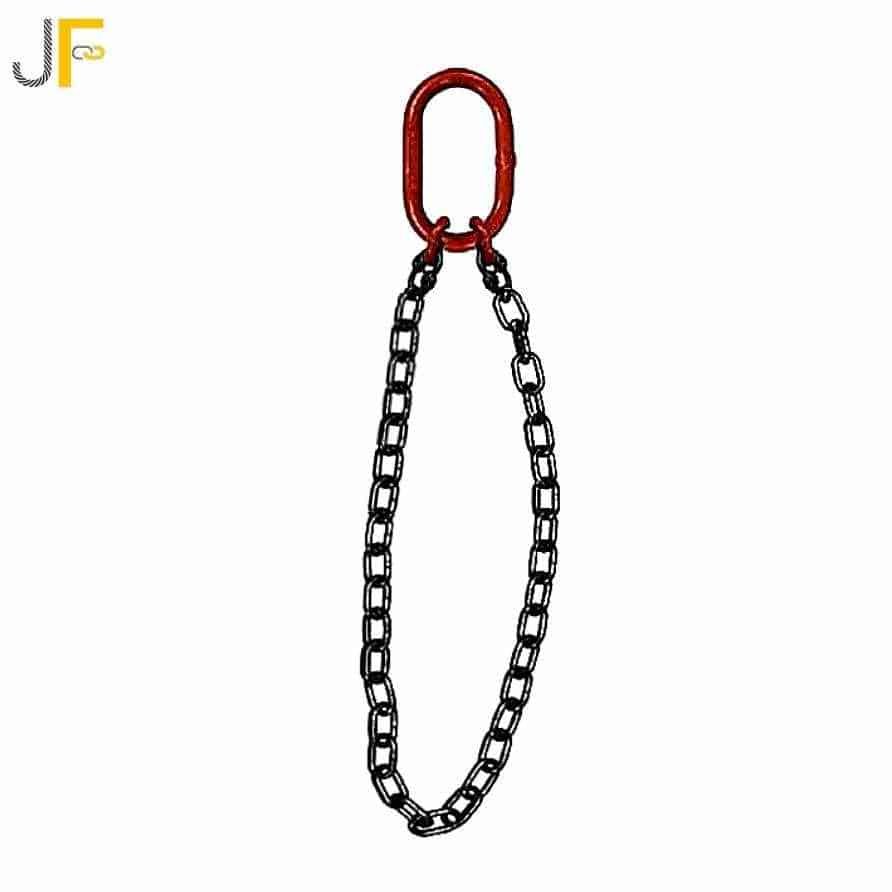Slings nip is a term that has gained significant attention in recent years, particularly in the context of breastfeeding and infant care. Whether you're a new parent, a healthcare professional, or simply someone interested in learning more about this topic, this article will provide you with an in-depth understanding of what slings nip entails. Discover how it can influence infant feeding and parenting practices.
Parenting has evolved significantly over the years, with modern techniques and tools becoming increasingly popular. Among these innovations, baby slings have emerged as a convenient and effective way to carry infants while promoting bonding and comfort. However, the concept of slings nip adds another layer to this discussion, focusing on the practical and health-related aspects of using slings during feeding.
This article aims to explore the topic of slings nip comprehensively, providing you with expert insights, actionable tips, and credible information. By the end, you'll have a clearer understanding of its importance and how it can benefit both parents and infants.
Read also:Unraveling The Mystery The Autopsy Of Gypsy Rose
Table of Contents
- What is Slings Nip?
- Benefits of Slings Nip
- How to Use a Sling for Nip
- Choosing the Right Sling
- Safety Tips for Slings Nip
- Common Mistakes to Avoid
- Health Considerations
- Expert Recommendations
- FAQ About Slings Nip
- Conclusion
What is Slings Nip?
Slings nip refers to the practice of using a baby sling or carrier to support breastfeeding or bottle-feeding. This technique allows parents to comfortably feed their infants while keeping them close, promoting skin-to-skin contact and enhancing the bonding experience. The term "nip" in this context is a playful reference to the act of nursing or feeding.
Why Slings Nip Matters
Using a sling for feeding offers numerous advantages, including convenience, comfort, and accessibility. It is particularly beneficial for parents who are on the go or need to multitask while feeding their babies. Additionally, slings nip can help soothe fussy infants by providing a sense of security and familiarity.
Historical Context
The use of slings for carrying infants dates back thousands of years, with various cultures around the world developing their own versions of baby carriers. Over time, these tools have evolved to accommodate modern parenting needs, including the integration of feeding practices.
Benefits of Slings Nip
The practice of slings nip offers a range of benefits for both parents and infants. Here are some of the most significant advantages:
- Enhanced Bonding: Slings nip promotes skin-to-skin contact, which is essential for building a strong emotional connection between parent and child.
- Increased Comfort: Both the parent and the infant can enjoy a more comfortable feeding experience when using a sling.
- Convenience: With a sling, parents can feed their babies on the go without needing to stop or sit down.
- Improved Latch: Using a sling can help achieve a better latch during breastfeeding, reducing discomfort and increasing efficiency.
- Reduced Stress: The close proximity of the baby to the parent can have a calming effect, reducing stress for both parties.
How to Use a Sling for Nip
Using a sling for feeding requires some practice and patience. Follow these steps to ensure a safe and effective experience:
Step 1: Choose the Right Sling
Select a sling that is comfortable, adjustable, and suitable for your baby's size and weight. Options include ring slings, woven wraps, and soft-structured carriers.
Read also:Exploring The Life And Career Of Marty Caffrey
Step 2: Position the Sling
Adjust the sling so that it provides adequate support for your baby's head, neck, and back. Ensure that the sling is securely fastened and comfortable for both you and your child.
Step-3: Begin Feeding
Once the sling is properly positioned, bring your baby close to your chest and initiate feeding. Monitor your baby's breathing and ensure that their airways remain unobstructed.
Choosing the Right Sling
Selecting the appropriate sling is crucial for a successful slings nip experience. Consider the following factors when making your decision:
- Material: Choose a sling made from breathable, durable fabric that is gentle on your baby's skin.
- Adjustability: Opt for a sling that can be easily adjusted to accommodate different positions and sizes.
- Support: Ensure that the sling provides adequate support for your baby's head, neck, and back.
- Comfort: Select a sling that is comfortable for you to wear for extended periods.
Safety Tips for Slings Nip
Safety should always be a top priority when using a sling for feeding. Follow these guidelines to ensure a secure and comfortable experience:
Tip 1: Monitor Breathing
Always keep an eye on your baby's breathing to ensure that their airways remain unobstructed. Avoid covering their face with the sling or your body.
Tip 2: Secure the Sling
Make sure the sling is securely fastened and properly adjusted before beginning to feed. Double-check all straps and buckles to prevent accidents.
Tip 3: Maintain Balance
Keep your center of gravity in mind when using a sling. Avoid leaning too far forward or backward, as this can compromise your balance and safety.
Common Mistakes to Avoid
While slings nip can be highly beneficial, there are some common mistakes that parents should avoid:
- Improper Positioning: Failing to position the sling correctly can lead to discomfort or injury for both parent and child.
- Ignoring Safety Guidelines: Neglecting safety precautions can increase the risk of accidents or suffocation.
- Overusing the Sling: While slings are convenient, over-reliance on them can lead to muscle strain or discomfort for the parent.
Health Considerations
Slings nip can have a positive impact on both physical and emotional health. Here are some key health considerations to keep in mind:
Mental Health Benefits
The close physical contact provided by slings nip can help reduce stress and anxiety for both parents and infants. This, in turn, can promote better mental health and overall well-being.
Physical Health Benefits
Using a sling for feeding can improve posture, reduce strain on the back and shoulders, and promote proper alignment for both parent and child. Additionally, it can enhance the breastfeeding experience by facilitating a better latch and more efficient milk transfer.
Expert Recommendations
According to experts in the field of infant care, slings nip is a valuable tool for modern parents. Pediatricians and lactation consultants often recommend this practice for its numerous benefits, including:
- Promoting skin-to-skin contact
- Improving breastfeeding success rates
- Enhancing parent-infant bonding
- Providing convenience and flexibility
FAQ About Slings Nip
Q1: Is slings nip safe for all babies?
Yes, slings nip is generally safe for most babies when used correctly. However, it's essential to follow safety guidelines and consult with your pediatrician if you have any concerns.
Q2: Can slings nip be used for bottle-feeding?
Absolutely! Slings nip can be used for both breastfeeding and bottle-feeding, offering convenience and comfort for both methods.
Q3: How long can I use a sling for feeding?
There is no set time limit for using a sling for feeding, but it's important to listen to your body and take breaks as needed to avoid muscle strain or discomfort.
Conclusion
Slings nip is a valuable practice that offers numerous benefits for both parents and infants. By promoting skin-to-skin contact, enhancing comfort, and providing convenience, it can significantly improve the feeding experience. Remember to follow safety guidelines and choose the right sling for your needs to ensure a secure and enjoyable experience.
We encourage you to share your thoughts and experiences with slings nip in the comments below. Additionally, feel free to explore other articles on our website for more insights into parenting and infant care.


